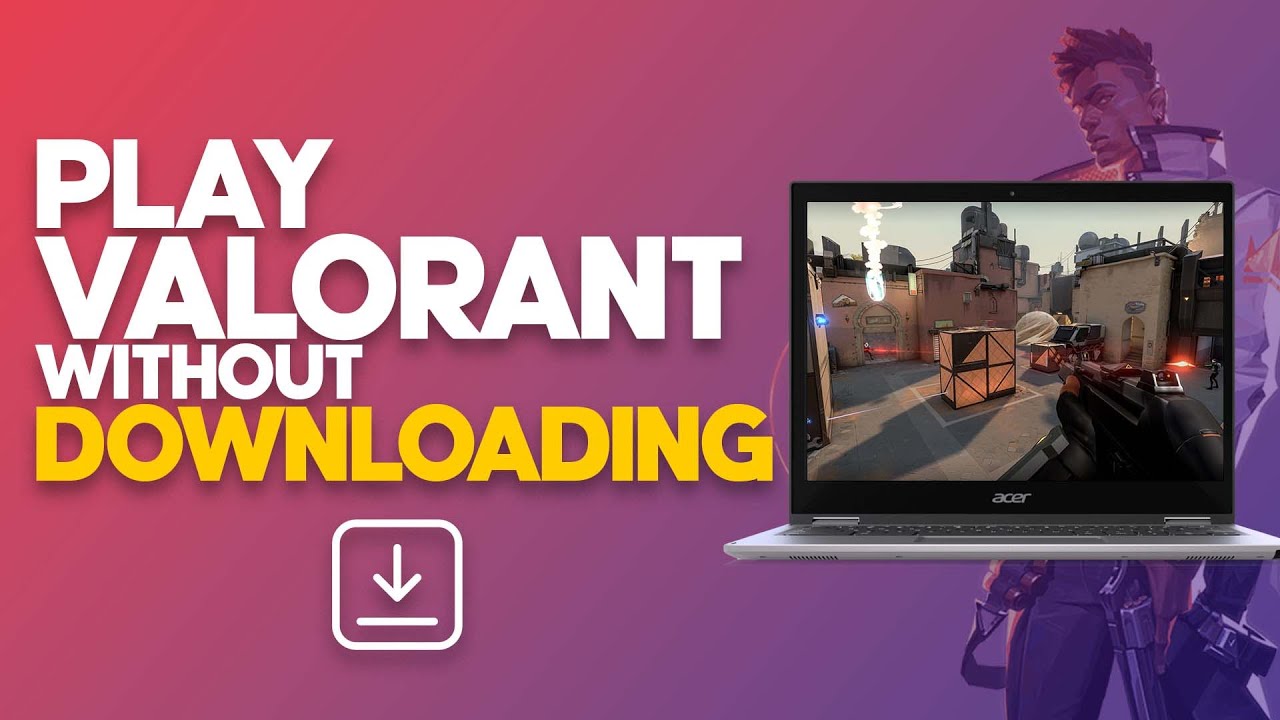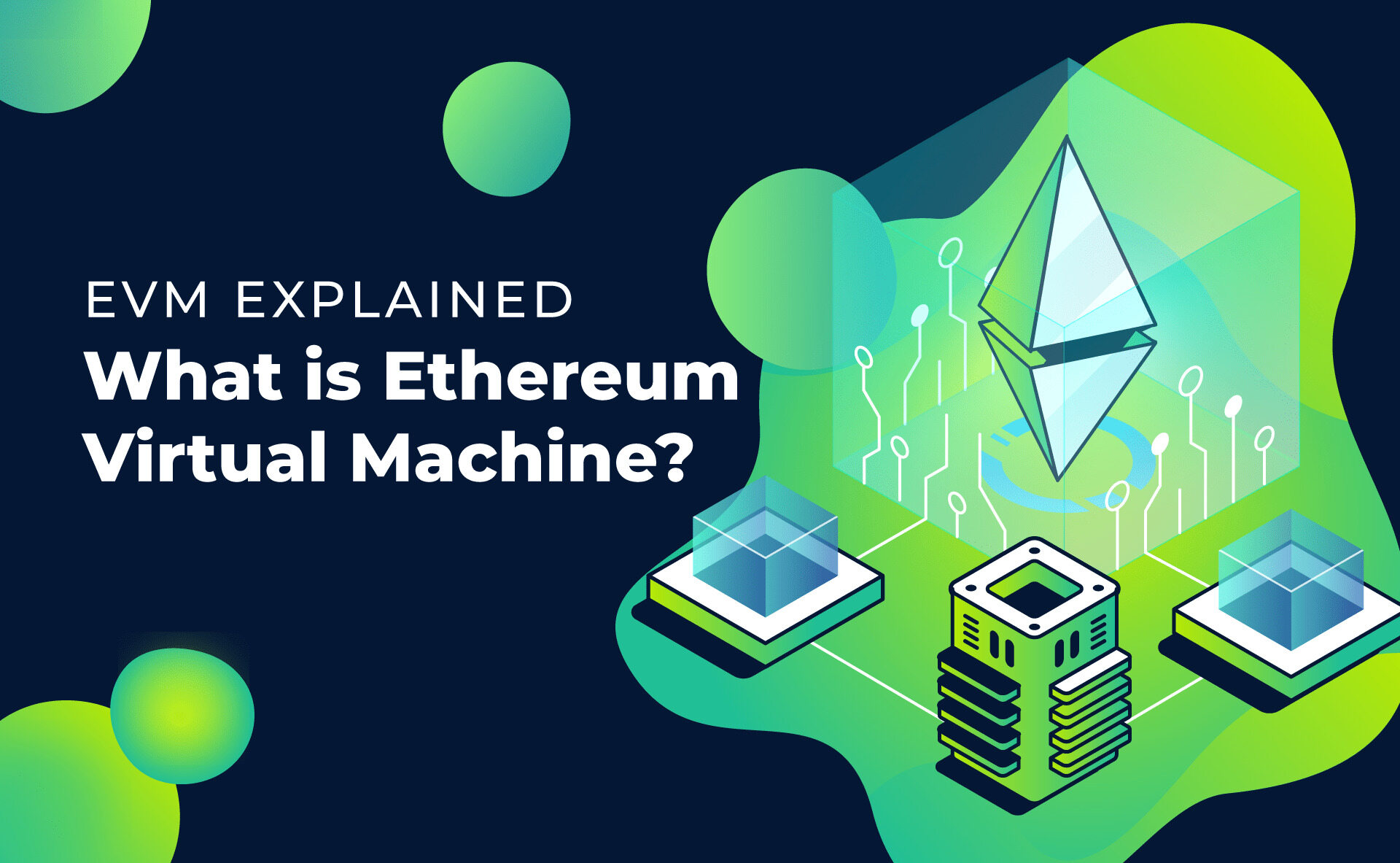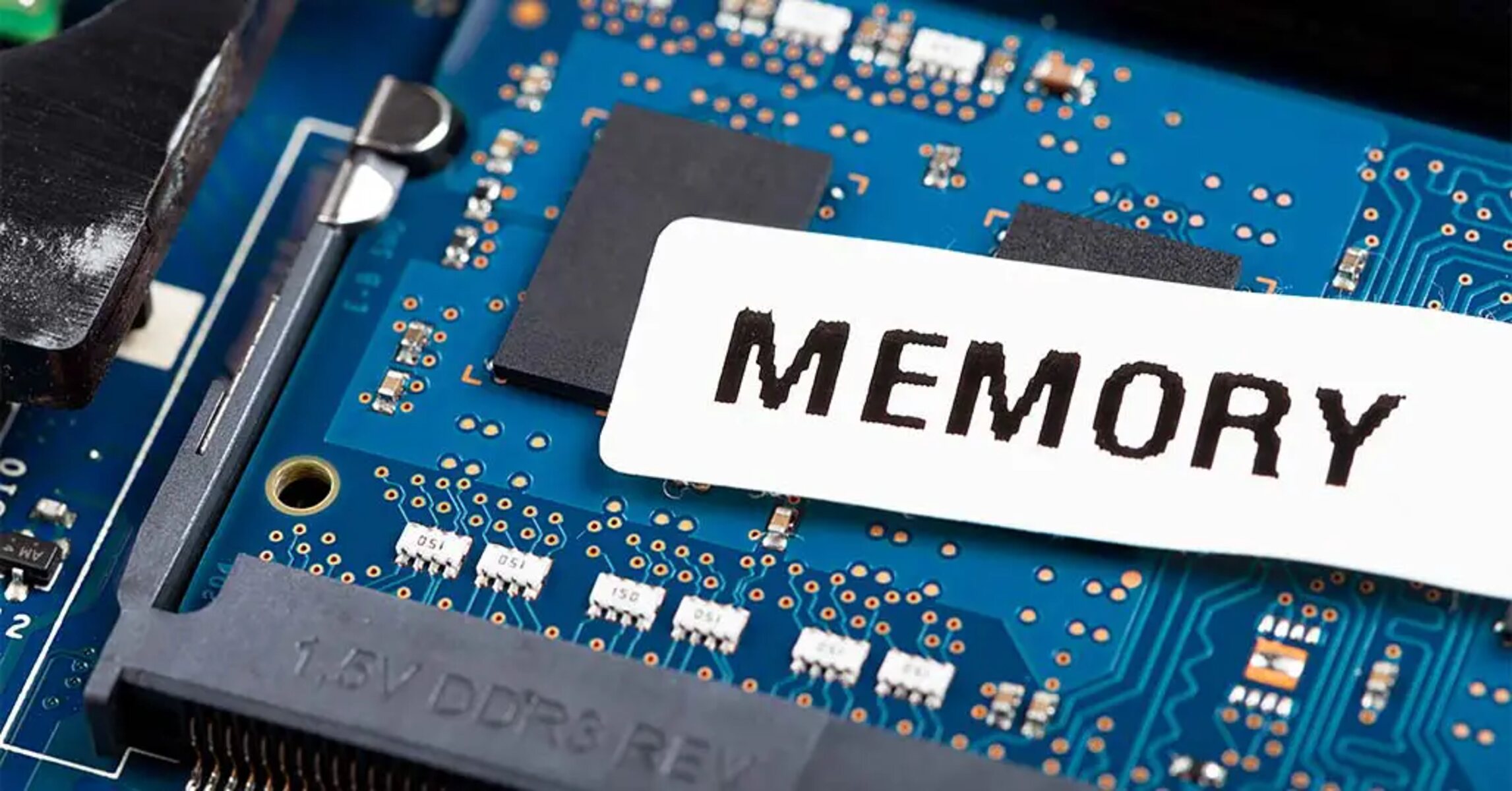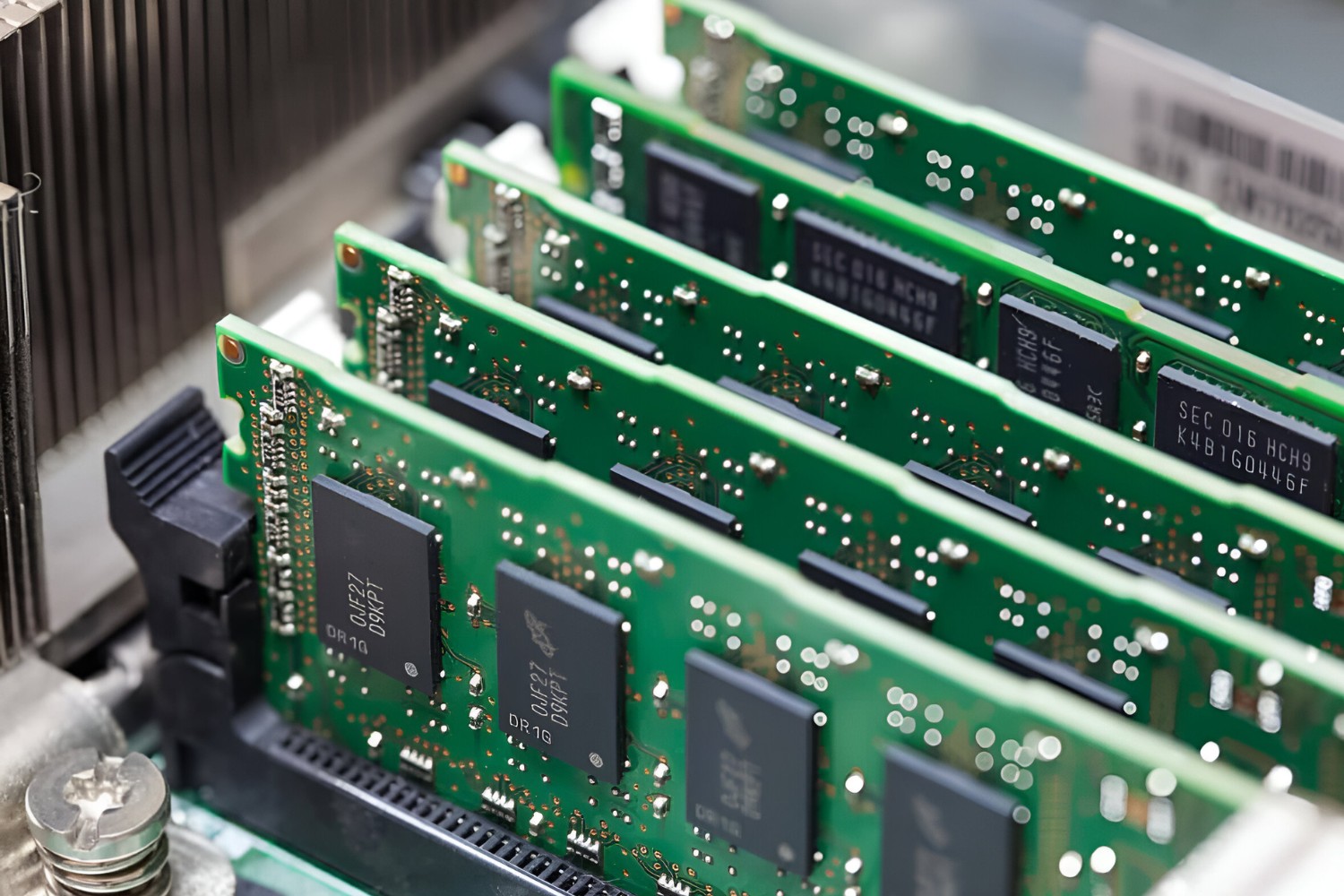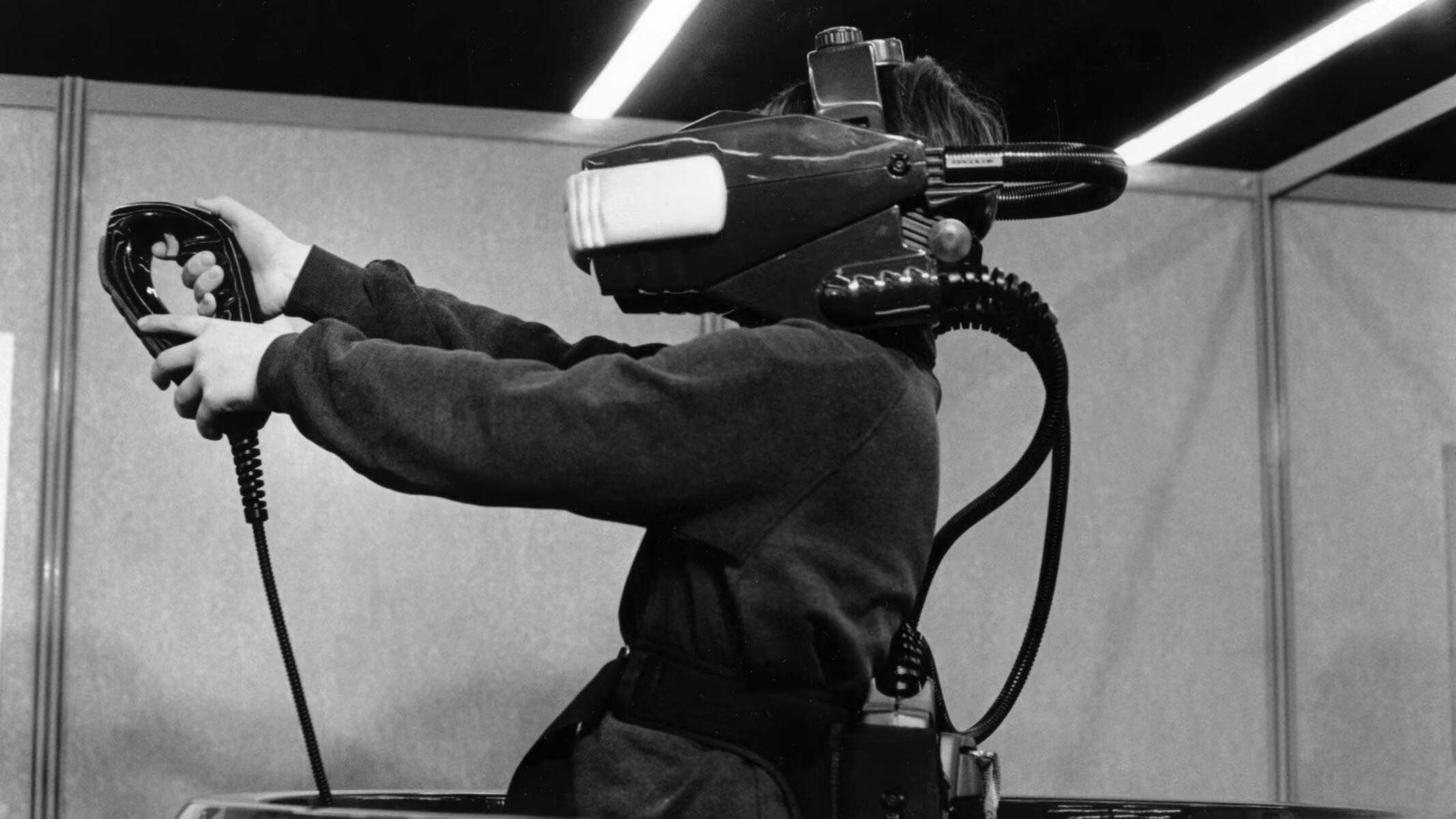Introduction
Welcome to the exciting world of playing games on a virtual machine! As technology continues to advance, virtual machines have become a popular choice for gamers who want to expand their gaming options or try out new games without affecting their primary computer setup. A virtual machine allows you to create a fully functional computer within your existing computer, enabling you to run different operating systems and applications.
In this article, we will explore the process of setting up a virtual machine specifically for gaming purposes. We will guide you through the necessary steps to install an operating system, configure game settings, enhance performance, and troubleshoot common issues that may arise along the way.
While playing games on a virtual machine may not offer the same level of performance as playing on a dedicated gaming PC, it provides a convenient and flexible solution for gamers who want to experiment with new games or dive into the world of retro gaming without investing in additional hardware.
Whether you’re a casual gamer or a die-hard enthusiast, this guide will equip you with the knowledge and tools to get started with gaming on a virtual machine. So, let’s dive in!
What is a Virtual Machine?
A virtual machine (VM) is a software program that emulates a computer system within another computer system. It creates a virtual environment where you can run different operating systems and applications without affecting your primary computer setup.
Think of a virtual machine as a self-contained computer that operates independently from your host computer. It simulates the hardware of a physical computer, including the processor, memory, storage, and network interface. This allows you to install and run various operating systems, such as Windows, macOS, Linux, or even older versions of these operating systems.
Virtual machines are typically used for a variety of purposes, such as software development, testing, and server virtualization. However, they can also be utilized for gaming. By setting up a virtual machine specifically for gaming, you can enjoy the benefits of running games on a different operating system or experiment with different configurations without making changes to your main computer.
One of the advantages of using a virtual machine for gaming is the ability to create isolated environments. This means you can install and uninstall games, tweak system settings, and even encounter virtual viruses without affecting your host computer. It provides a safe and controlled environment for gaming experimentation.
Another benefit of virtual machines is their portability. You can easily migrate your virtual machine to another computer or carry it on a portable storage device, allowing you to play your games anywhere without the need for extensive hardware setups.
However, it is important to note that virtual machines may not offer the same level of performance as a dedicated gaming PC. The virtualization overhead and resource limitations could affect the gaming experience, particularly for graphics-intensive games. Nonetheless, virtual machines provide a convenient and flexible alternative for gamers to explore new games or retro gaming without investing in additional hardware.
Now that we have a better understanding of what a virtual machine is, let’s move on to the next section and explore the process of setting up a virtual machine for gaming.
Setting Up a Virtual Machine
Setting up a virtual machine for gaming requires a few essential steps to ensure a smooth and seamless experience. Let’s walk through the process:
- Choose a Virtualization Software: Start by selecting a virtualization software that suits your needs. Some popular options include VirtualBox, VMware, and Hyper-V. These software programs provide the necessary tools to create and manage virtual machines on your computer.
- Download and Install the Virtualization Software: Once you’ve chosen your preferred virtualization software, download it from the official website and follow the installation instructions.
- Create a New Virtual Machine: Open the virtualization software and click on the option to create a new virtual machine. You will be prompted to specify details such as the name, operating system, and memory allocation for the virtual machine.
- Allocate Storage: Select the amount of storage space you want to allocate for the virtual machine. This will determine how much space you have available for installing and running games.
- Configure Networking: Choose the type of network connection for your virtual machine. You can opt for bridged networking to connect your virtual machine directly to your home network or use NAT (Network Address Translation) if you want to access the internet through your host computer’s network connection.
- Install the Operating System: Once the virtual machine is created, you need to install an operating system on it. This can be a Windows, macOS, or Linux distribution depending on your preferences and the compatibility of your games.
- Install Virtualization Tools: Install the virtualization tools provided by the virtualization software. These tools enhance the integration between the host computer and the virtual machine, improving performance and enabling features such as seamless mouse movement and copy-paste functionality.
By following these steps, you will have set up a virtual machine ready to install and play games. In the next section, we will explore the process of installing an operating system on your virtual machine.
Installing an Operating System
Once you have set up your virtual machine, the next step is to install an operating system (OS) on it. The choice of the OS will depend on your gaming preferences and the compatibility of your games. Here’s how you can install an operating system on your virtual machine:
- Obtain an Operating System ISO: Download the ISO file of the operating system you want to install on your virtual machine. You can usually find these ISO files on the official website of the operating system or through reputable sources.
- Mount the ISO: Open your virtual machine software and locate the option to mount an ISO file. Select the downloaded ISO file to make it accessible to the virtual machine.
- Start the Virtual Machine: Power on the virtual machine and it will boot from the mounted ISO file.
- Follow the Installation Wizard: Similar to installing an operating system on a physical computer, you will be guided through an installation wizard. Follow the on-screen instructions to configure language settings, partition the virtual hard drive, and set up user accounts. Be sure to allocate sufficient storage space for the operating system and future game installations.
- Complete the Installation: Once the installation process is complete, the virtual machine will restart. You may need to remove the ISO file from the virtual machine settings to prevent it from booting from the ISO again.
- Set Up Additional Drivers: Depending on the virtualization software you are using, you may need to install additional drivers to optimize performance and enable features such as hardware acceleration. Refer to the documentation provided by the virtualization software for instructions on how to set up these drivers.
After completing these steps, you will have successfully installed an operating system on your virtual machine. Now you are ready to install game support and start playing your favorite games. We will cover that in the next section.
Installing Game Support
Once you have set up your virtual machine and installed the operating system, the next step is to install game support to ensure smooth gameplay. Here’s how you can proceed:
- Updates and Drivers: Before installing games, make sure your operating system is up to date with the latest updates and drivers. This will ensure compatibility and optimal performance.
- Graphics Drivers: Install the appropriate graphics drivers for your virtual machine’s operating system. These drivers will help to enhance graphics performance and compatibility with games.
- Game Platform or Store: Depending on the games you want to play, you may need to install a game platform or store on your virtual machine. Steam, GOG, and Epic Games Store are popular platforms that offer a wide range of games. Download and install the platform of your choice and sign in with your account.
- Game Installation: Once you have the game platform installed, you can browse and select the games you want to play. Follow the platform’s instructions to download and install the games onto your virtual machine.
- Configuration: After installing the games, take some time to configure the game settings according to your preferences. This includes adjusting graphics quality, resolution, and control settings to optimize your gaming experience.
- Performance Optimization: If you experience any performance issues or lag while playing games on your virtual machine, you can try optimizing performance settings. This may include adjusting virtual machine settings such as allocating more resources like CPU cores and RAM to the virtual machine, or enabling hardware acceleration if available.
By following these steps, you will have installed game support on your virtual machine and be ready to enjoy your favorite games. However, it’s important to note that while virtual machines can handle many games, resource-intensive and graphics-heavy games may not perform as well compared to playing on a dedicated gaming PC.
Now that you have installed game support, it’s time to move onto the next section to explore how you can enhance the performance of your virtual machine for gaming.
Configuring Game Settings
Configuring game settings is an important step to optimize your gaming experience on a virtual machine. Here are some key considerations when customizing game settings:
- Graphics Settings: Adjust the graphics settings within each game to find the right balance between visual quality and performance. Lowering settings such as texture quality, shadow quality, and anti-aliasing can improve performance on a virtual machine.
- Resolution: Choose a resolution that works well with your virtual machine’s capabilities. Higher resolutions can strain the performance of your virtual machine, so consider lowering the resolution for smoother gameplay.
- Frame Rate: Limit or cap the frame rate in games to prevent performance issues. Setting a lower frame rate can help stabilize gameplay and reduce lag on a virtual machine.
- Input Settings: Adjust the keyboard and mouse settings within each game to ensure a comfortable and responsive gaming experience. You may need to customize keybindings or sensitivity to match your preferences.
- Game-specific Optimizations: Some games have built-in settings or launch options that can improve performance when playing on a virtual machine. Check game forums or official documentation for any specific optimizations or tweaks recommended for virtual machine setups.
- Virtual Machine Settings: Explore the settings of your virtual machine software to see if there are any adjustments that can further enhance gaming performance. This may include allocating more resources to the virtual machine, enabling hardware acceleration, or adjusting virtual machine settings for better compatibility.
- Save Game Progress: Virtual machines can be prone to unexpected crashes or issues. Make frequent backups and save your game progress to prevent any loss of data or progress in your games.
Remember that the optimal game settings for your virtual machine may vary depending on the specific hardware and software configurations. Experimentation and tweaking may be necessary to find the right balance between performance and visual quality.
Now that you have configured your game settings, let’s move on to the next section where we will explore how you can enhance the performance of your virtual machine for gaming.
Enhancing Performance on a Virtual Machine
While virtual machines may not offer the same level of performance as a dedicated gaming PC, there are several steps you can take to optimize and enhance the gaming performance on your virtual machine. Here are some tips to improve performance:
- Allocate Sufficient Resources: Ensure that your virtual machine has enough CPU cores, RAM, and storage allocated to handle the games you want to play. Insufficient resources can lead to poor performance and lag.
- Enable Hardware Acceleration: Check if your virtualization software supports hardware acceleration and enable it if available. Hardware acceleration can offload some processing tasks to the host machine’s hardware, resulting in improved performance.
- Close Background Applications: Close any unnecessary background applications on both the host and virtual machine to free up system resources. This can help dedicate more resources to the virtual machine, improving its performance.
- Disable Visual Effects: Disable any unnecessary visual effects in the operating system settings of your virtual machine. This can reduce the strain on system resources and improve gaming performance.
- Regularly Update Software and Drivers: Keep your virtualization software, operating system, and graphics drivers updated to access the latest performance improvements and bug fixes. These updates often include optimizations for gaming.
- Optimize Virtual Machine Settings: Explore the settings of your virtual machine software to look for any performance-related options or optimizations. Adjusting settings such as graphics memory allocation, CPU priority, and network settings can help improve gaming performance.
- Monitor Resource Usage: Keep an eye on resource usage while gaming on your virtual machine. Use task managers or monitoring tools to identify any bottlenecks or resource-intensive processes that may be affecting performance.
- Manage Game Settings: Continually adjust and optimize the game settings, as mentioned in the previous section, to strike a balance between performance and visual quality.
By following these performance-enhancing tips, you can maximize the gaming experience on your virtual machine. However, it’s important to remember that virtual machines have inherent limitations, and some resource-intensive games may not perform optimally.
Now that you have learned how to enhance performance on your virtual machine, let’s move on to the next section, where we will address some common troubleshooting issues that you may encounter.
Troubleshooting Common Issues
While gaming on a virtual machine can be an enjoyable experience, you may encounter a few common issues that can hinder your gameplay. Here are some troubleshooting steps to help you overcome these challenges:
- Performance Problems: If you experience lag or poor performance, try allocating more resources to your virtual machine. Increase the number of CPU cores, allocate more RAM, and allocate additional graphics memory if applicable.
- Graphics Glitches: Graphics glitches or visual artifacts can occur on a virtual machine due to compatibility issues or insufficient graphics resources. Ensure that you have installed the correct graphics drivers and allocate enough graphics memory to the virtual machine.
- Audio Issues: If you encounter audio problems such as crackling or distorted sound, check your virtual machine’s audio settings. Make sure you have selected the correct audio output and that the virtual sound card is functioning properly.
- Network Connectivity: If you’re experiencing network connectivity issues, ensure that your virtual machine is properly configured. Check the network settings in your virtualization software, and verify that you have an active and stable internet connection on your host machine.
- Game Compatibility: Some games may have compatibility issues when running on a virtual machine. Check the game’s system requirements and ensure that your virtual machine meets or exceeds those specifications. Additionally, check online forums or community discussions to see if other users have successfully played the game on a virtual machine and if any specific workarounds are recommended.
- Virtual Machine Crashes: If your virtual machine crashes during gameplay, ensure that you have allocated enough system resources to the virtual machine. You may also want to check for any conflicting software or drivers that could be causing instability.
- Save Game Data: Be diligent about saving your game progress and consider making backups regularly. Virtual machines can be prone to crashes or technical issues, so it’s essential to protect your game data.
If you encounter persistent issues or if your virtual machine setup is not providing satisfactory gaming performance, it may be worth considering alternative gaming solutions, such as a dedicated gaming PC or a gaming console. These options offer better hardware capabilities and a more optimized gaming experience.
Now that you’re familiar with troubleshooting common issues, let’s move on to the final section to wrap up our exploration of gaming on a virtual machine.
Conclusion
Gaming on a virtual machine opens up new possibilities for gamers who want to explore different operating systems, try out new games, or dive into retro gaming. While virtual machines may not offer the same level of performance as dedicated gaming PCs, they provide a convenient and flexible solution without the need for additional hardware.
In this article, we explored the process of setting up a virtual machine for gaming, including selecting virtualization software, installing an operating system, and configuring game support. We also discussed how to optimize game settings, enhance performance, and troubleshoot common issues that may arise during gameplay.
Remember, when configuring a virtual machine for gaming, it’s essential to allocate sufficient system resources, optimize game settings, and keep software and drivers up to date. By following these steps, you can maximize the gaming experience on your virtual machine.
However, it’s important to note that virtual machines do have their limitations, particularly for resource-intensive and graphics-heavy games. If you require higher performance or a more immersive gaming experience, consider investing in a dedicated gaming PC or console.
Overall, gaming on a virtual machine offers a unique and versatile way to explore different games and operating systems. Whether you’re a casual gamer or a passionate enthusiast, a virtual machine can provide a convenient platform for gaming experimentation and enjoyment.
Thank you for joining us on this journey through gaming on a virtual machine. We hope this article has equipped you with the knowledge and tools to start your gaming adventures in the virtual realm. Happy gaming!












